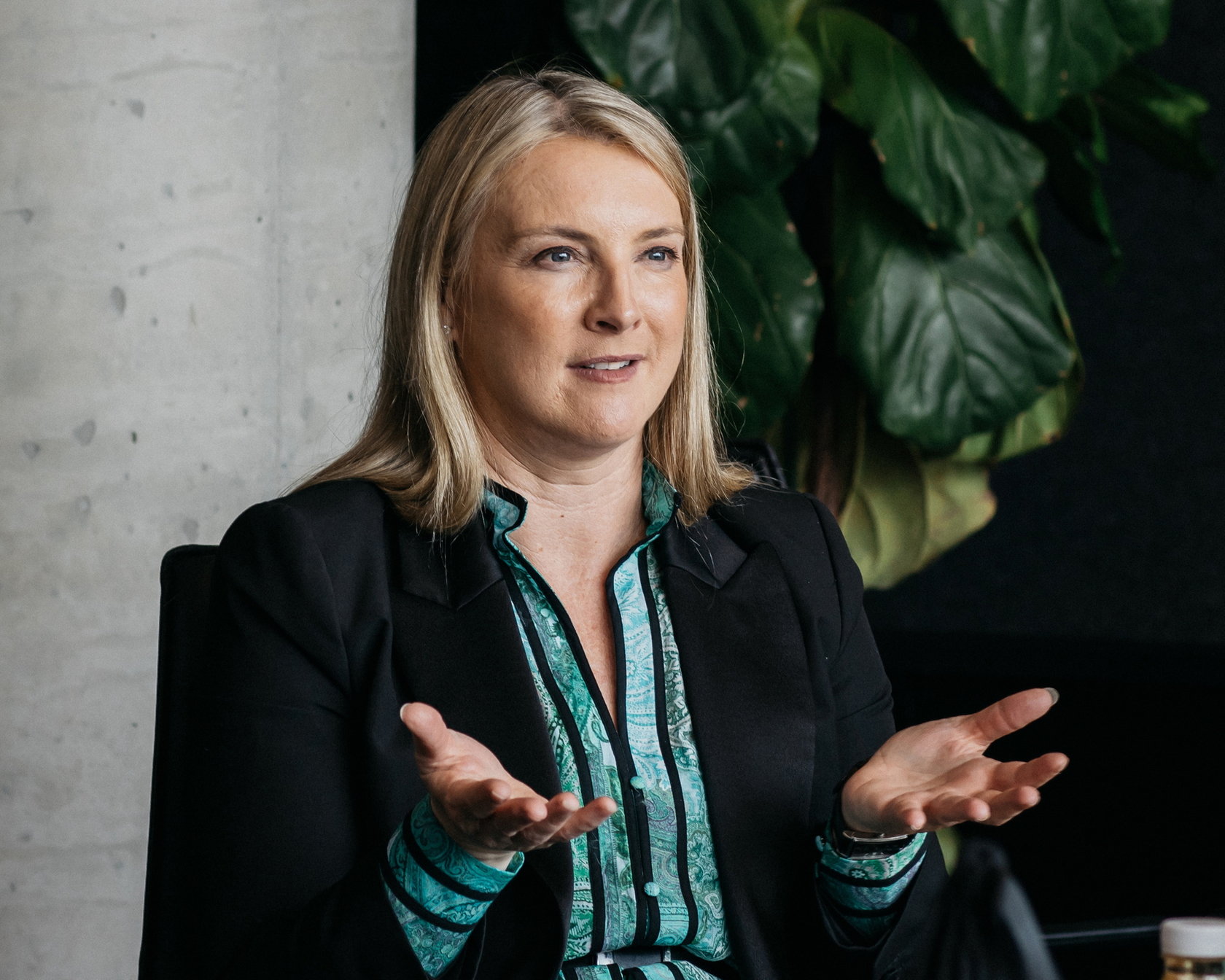From sustainability to regenerative design
One of the most critical shifts in urban regeneration is moving beyond the notion of sustainability towards a more holistic approach: regenerative design. While sustainability focuses on maintaining the status quo – preserving resources and minimising damage – regenerative design seeks to renew, restore and continuously improve. Throughout the discussion, it was noted that the market often confuses the two terms, with a danger that sustainability’ and its immersion into everyday parlance, can be seen as a box-ticking exercise rather than a transformative approach.
It raised a pertinent question – are we at the tipping point for sustainability now that it is expected as a baseline? Thinking on how to affect positive change, the next logical step is regeneration. With this as a guiding principle, the built environment should be designed not just to limit harm but to actively improve the ecosystem and quality of life for its inhabitants. This requires a paradigm shift, focusing on circular processes where buildings and urban spaces contribute to a cycle of renewal.
Long-term value vs. short-term costs
Any change is not without its challenges. Are curring theme during the discussion was how to overcome the resistance of balancing long-term value with short-term costs. While there are some developers embracing sustainable approaches, many are hesitant to embrace regenerative design due to the higher upfront costs associated with sustainability measures. However, several attendees argued that the seinitial investments can lead to long-termbenefits, including higher property values, reduced operational costs and improved tenant retention.
Part of the approach is in educating clients and stakeholders about the financial and social value. The stark truth is that many developers are reluctant to adopt sustainability measures unless there is a clear return on investment. Yet projects that integrate sustainability into their core values and output continue to demonstrate that these measures can lead to increased sales and higher tenant satisfaction. As developers, homeowners and hoteliers begin to see the long-term benefits of theseinvestments, the market can shift and continue to make progress.









